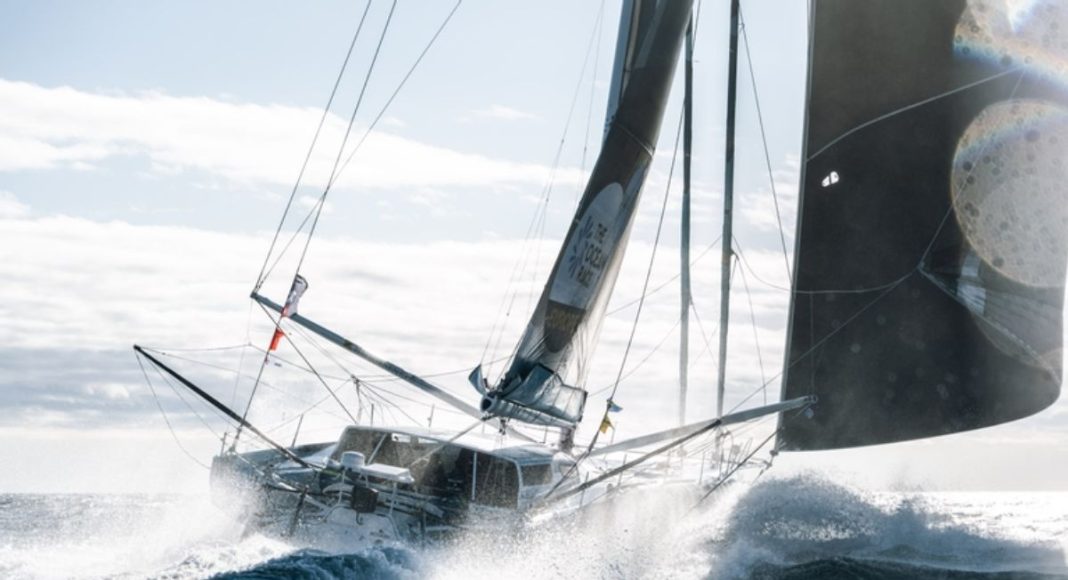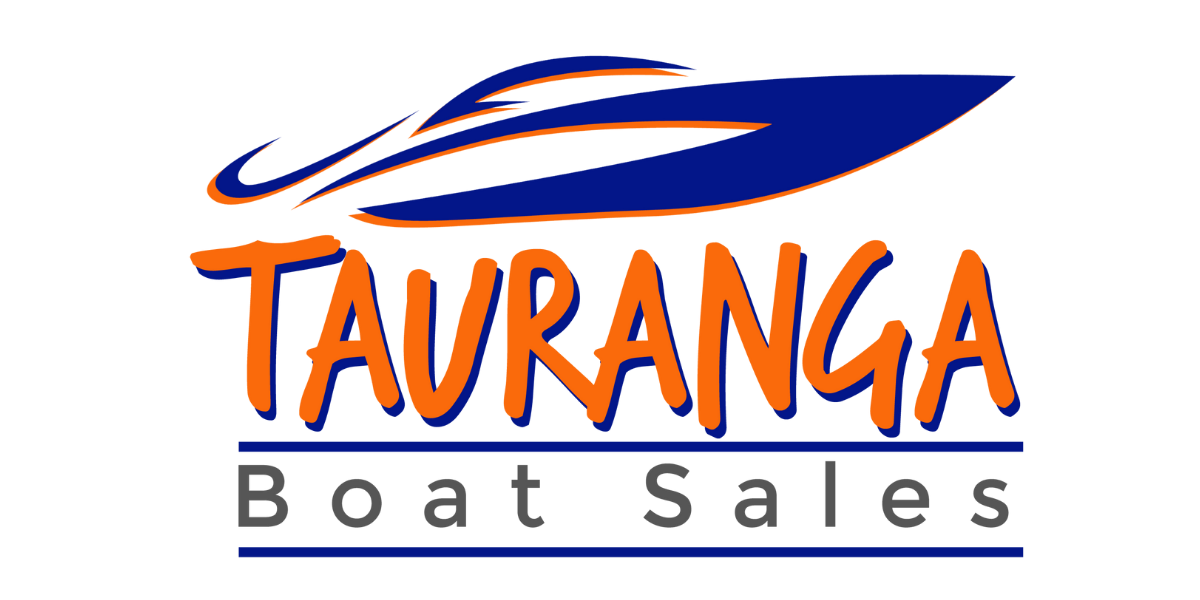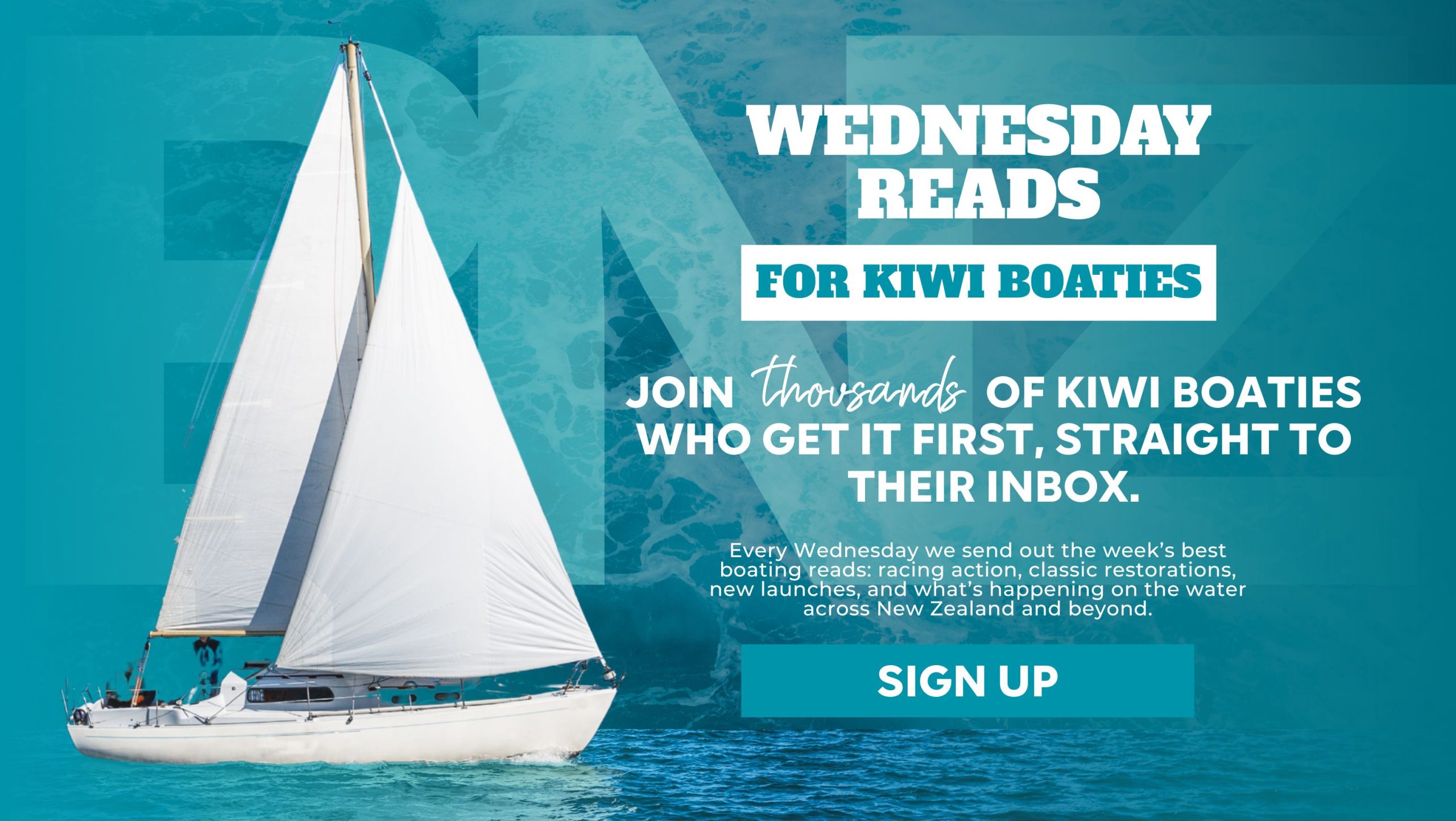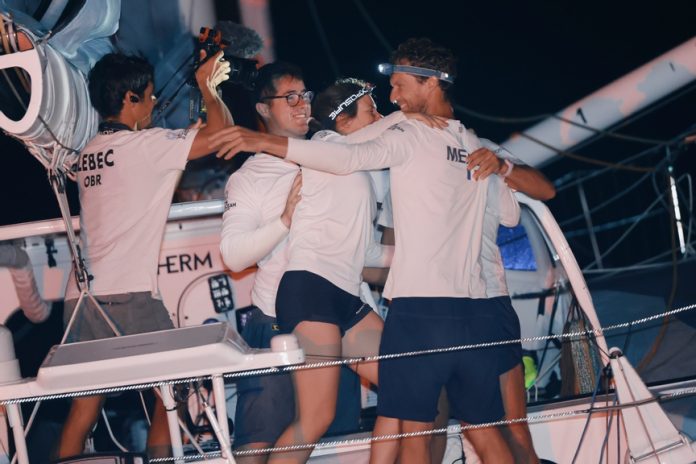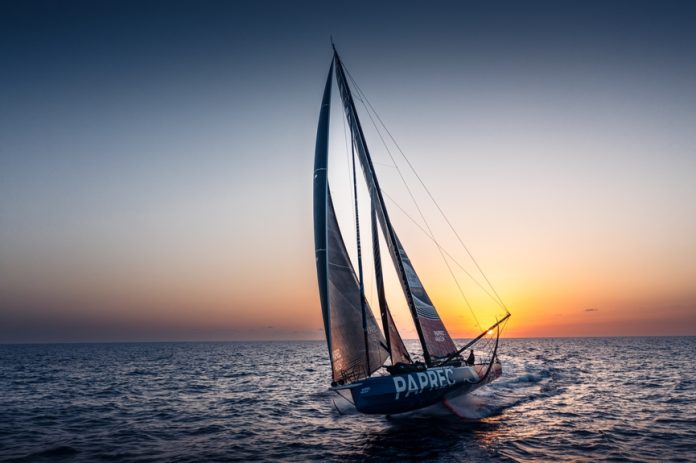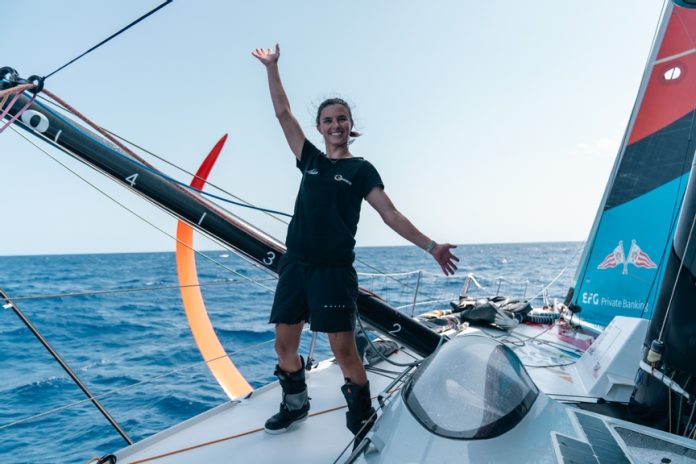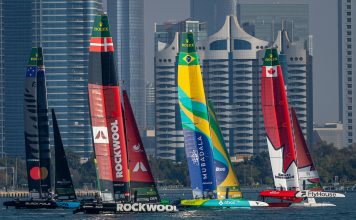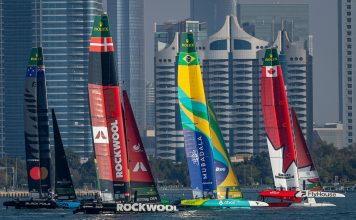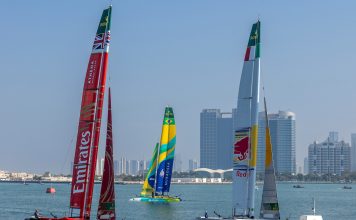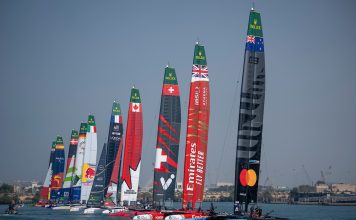Sailing through a connected Europe
Three days from now, Europe’s most defining offshore race sets sail. The Ocean Race Europe 2025 kicks off in Kiel on August 10 with a promise to go further than ever—not just in miles, but in impact.
Launched during the pandemic-interrupted summer of 2021, the inaugural race proved there was demand for a new kind of high-stakes, high-speed European offshore challenge. Four years later, the 2025 edition comes under the bold new banner of “Connecting Europe”—a theme that resonates far beyond the racecourse.
At its heart, this is a race about Europe’s coastal geography and cultural diversity, threading 4,500 nautical miles through the Baltic, North Sea, English Channel, Atlantic Ocean, Mediterranean, and finally, for the first time, the Adriatic Sea.
And the finish? The dramatic limestone shores of Boka Bay, Montenegro—marking the first time any Ocean Race event has ventured into the Adriatic.
A stacked IMOCA fleet
This year’s race is an all-IMOCA affair, featuring seven of the world’s fastest 60-foot foiling monohulls. While these boats typically race solo in the Vendée Globe or double-handed in the Transat Jacques Vabre, The Ocean Race Europe demands fully-crewed performance with a twist: each team must sail with a mixed-gender crew of four plus an onboard reporter (OBR).
If you follow offshore sailing, many names on the team rosters will feel like a ‘who’s who’ of the sport. Vendée Globe veterans? There are 11. Ocean Race winners? At least six. Olympic medallists, record-setters, and solo circumnavigators? Dozens.
The route and the rhythm
The 2025 course spans five offshore legs, plus a final coastal race for full points. The opening leg from Kiel to Portsmouth runs 850 miles through some of Europe’s busiest shipping lanes. It will be fast, crowded and unforgiving.
Leg 2, from Portsmouth to Cartagena, includes a high-profile fly-by past Porto and offers double points—a strategic twist that could shape the whole race. From there, it’s into the Med: Cartagena to Nice, then Nice to Genova. The final leg brings the fleet into Boka Bay, a narrow, fjord-like inlet on Montenegro’s coast. A short coastal finale on 20 September will award full-leg points.
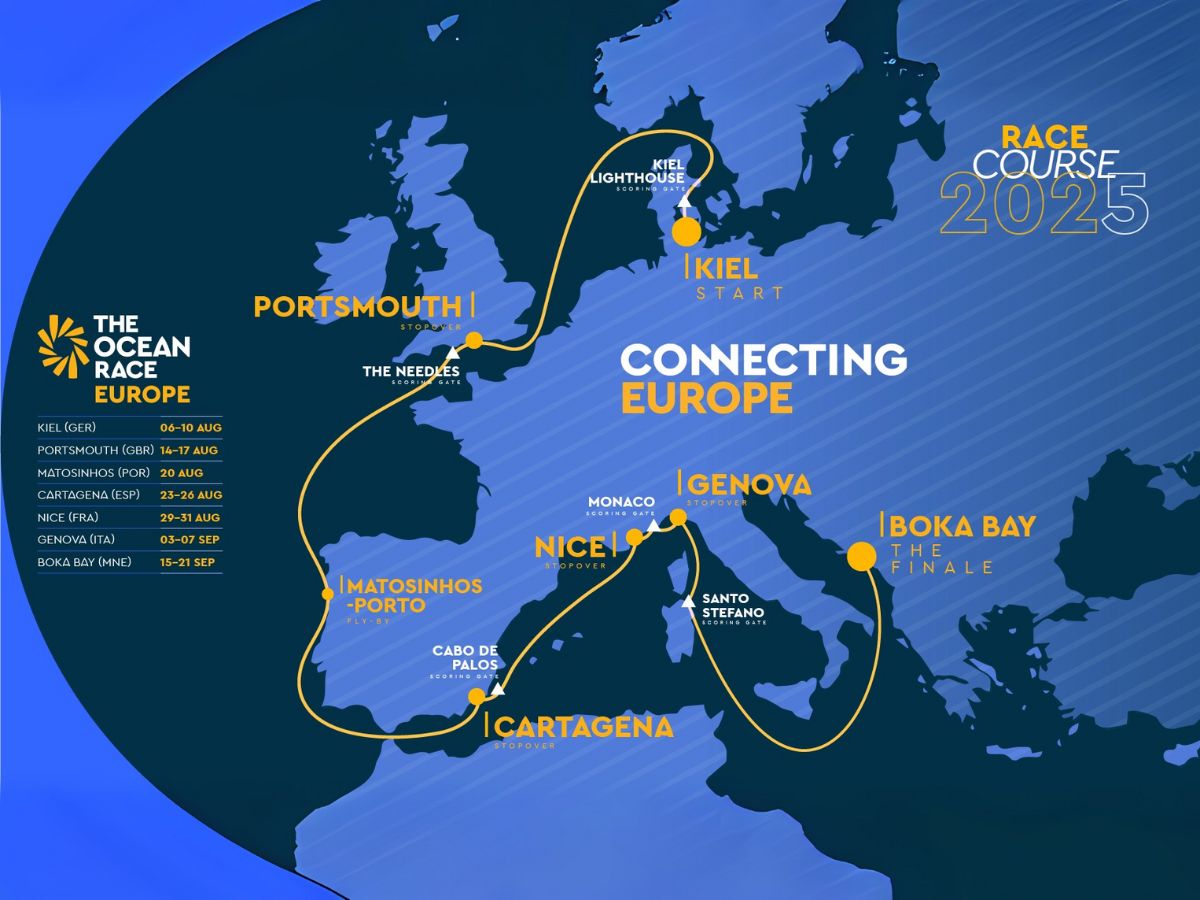
Bonus points are up for grabs at scoring gates early in each leg, such as Kiel Lighthouse (Leg 1) or Cabo de Palos (Leg 3). That means boats can win early, even if they stumble late.
Kiwi talent on the global stage
New Zealanders will be watching Team AMAALA with keen interest. Alan Roura’s Swiss-Saudi campaign features veteran offshore racer Conrad Colman—famous for finishing two Vendée Globes without fossil fuels—and young talent Jessica Berthoud. Born in New Zealand, Berthoud comes from a family steeped in The Ocean Race. Now she takes her own step into the spotlight.
“Joining this project means discovering the open sea while continuing a family tradition,” Berthoud says. She will race Legs 2 and 5, making her debut on the international offshore circuit at just 23.
Meanwhile, Georgia Schofield’s eye for detail and storytelling will be critical aboard Canada Ocean Racing. As one of the few full-time female OBRs in the field, her lens brings Kiwi perspectives to a global audience.
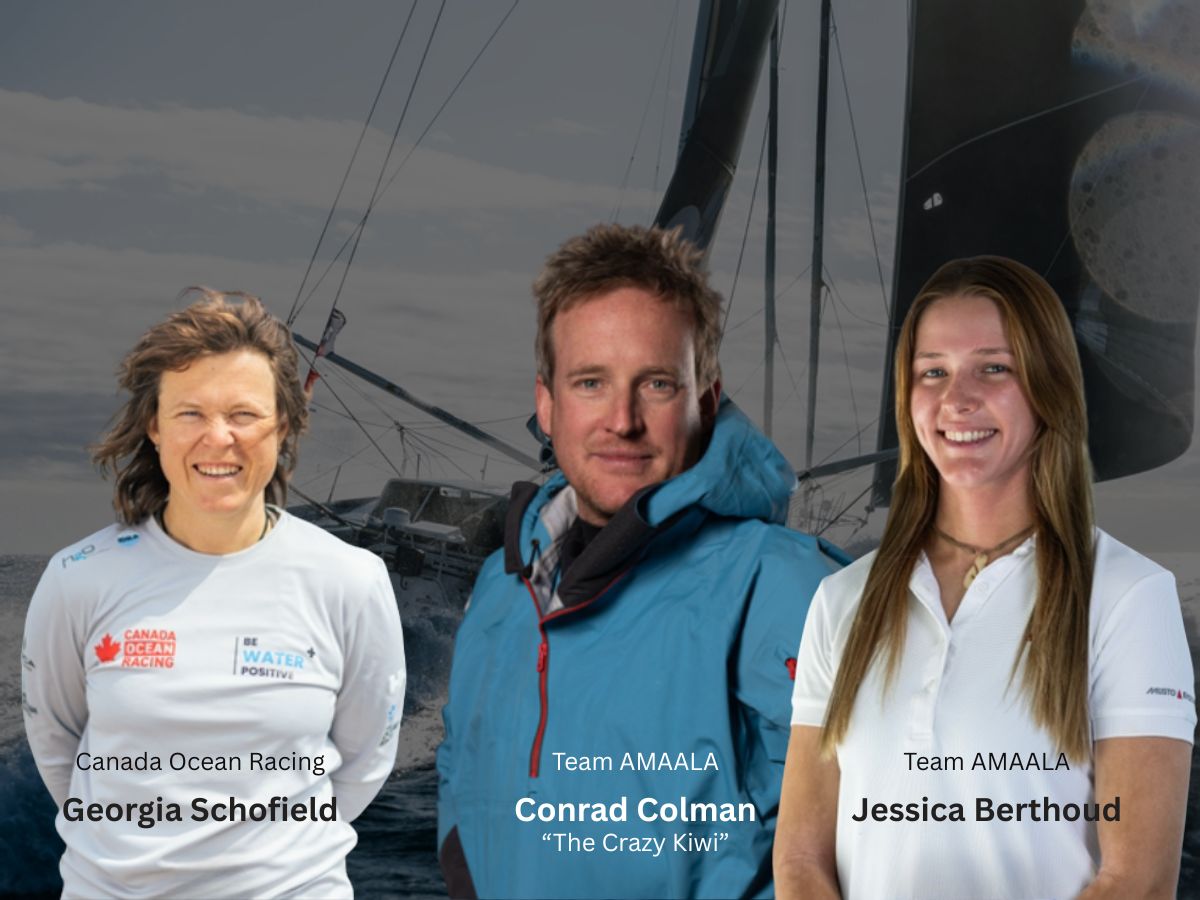
Rivalries reborn
Team Malizia and Team Holcim-PRB reignite a fierce rivalry from the last edition of The Ocean Race around the world. Boris Herrmann leads a star-studded German crew including Cole Brauer and Francesca Clapcich, while Rosalin Kuiper’s Holcim-PRB brings legends like Franck Cammas and Carolijn Brouwer aboard.
Paprec Arkéa’s Yoann Richomme, a proven tactician and multi-time Figaro winner, is also one to watch. His team blends deep experience with rising stars like Mariana Lobato and Gautier Levisse.
Biotherm’s Paul Meilhat has pulled together a “team of winners” including Jackson Bouttell, Sam Goodchild, and Amélie Grassi. Meilhat has unfinished business after placing fourth in the last global race. He’s hunting the podium.
Newcomers Allagrande MAPEI, skippered by Italy’s Ambrogio Beccaria, bring youthful firepower and a fresh perspective, while Canada Ocean Racing fuses ambition with advocacy. Led by Scott Shawyer and featuring legends like Brian Thompson and Pip Hare, this Canadian campaign is as much about water-positive action as it is about silverware.
Weather, speed and sustainability
The race presents wildly variable conditions. Race Director Phil Lawrence describes it as “a major challenge” that tests navigation, boat speed and crew resilience.
“Racing around Europe is a major challenge that takes the fleet across the congested waters of the North Sea, through the confines of the English Channel, out into the open waters of the Atlantic, before taking on the tricky conditions of the Mediterranean and the Adriatic seas,” says Lawrence. “The crews will need to perform well across a range of conditions to get to the podium.”
But The Ocean Race Europe isn’t only about line honours. The “Racing for the Ocean” initiative threads through every leg. Each boat carries scientific instruments to track microplastic concentrations, water temperature, salinity, oxygen and CO2 levels. Some teams will deploy drifting buoys to monitor ocean changes long after the race is over.
Looking ahead
The Ocean Race Europe 2025 is more than a warm-up for a future circumnavigation. It’s a test of speed, strategy, and storytelling. It’s about reaching new audiences, linking cultures, and showing what’s possible when world-class sailors race with purpose.
With stops in seven nations, a competitive fleet of foiling IMOCAs, and a strong dose of Kiwi pride aboard several boats, this edition promises to deliver spectacle and substance in equal measure.
Get ready. The starting gun fires in Kiel at 15:45 on August 10. From there, Europe is wide open.








